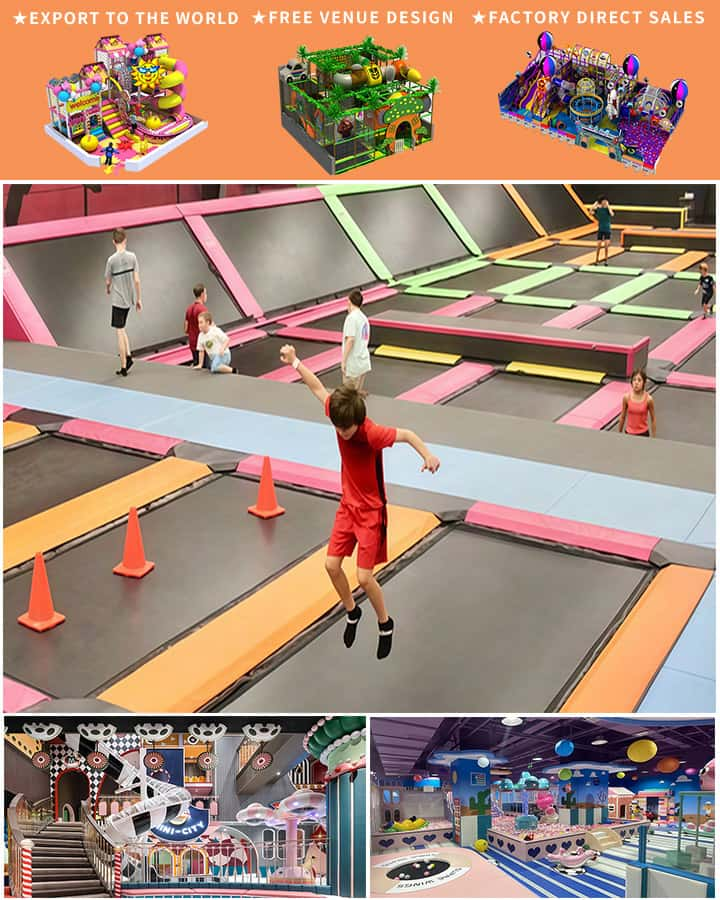In recent years, the design and safety of playgrounds have seen significant advancements. One essential component that plays a crucial role in ensuring a safe and enjoyable play environment is soft playground bark. This material has become a staple in modern playgrounds, offering a range of benefits that cater to both children’s needs and parents’ concerns for safety.
Soft playground bark, also known as engineered wood fiber (EWF) or wood chips, serves multiple purposes. Primarily, it acts as a cushioning layer beneath playground equipment such as swings, slides, and climbing structures. Unlike traditional materials like sand or gravel, soft playground bark provides superior shock absorption. This reduces the risk of injuries from falls, which is particularly important given that playground-related injuries often result from high-impact collisions with hard surfaces.

One of the standout advantages of soft playground bark is its eco-friendly nature. Typically made from recycled wood products, this material is not only sustainable but also cost-effective. By repurposing waste wood, playgrounds can reduce their environmental footprint while maintaining high safety standards. Additionally, soft playground bark is biodegradable, meaning it will naturally decompose over time without leaving harmful residues.
Safety standards are paramount in playground design, and soft playground bark meets rigorous criteria set by organizations such as the American Society for Testing and Materials (ASTM) and the Consumer Product Safety Commission (CPSC). These guidelines ensure that the material used is free from harmful chemicals and splinters, making it safe for children to play on. Proper installation and maintenance of soft playground bark are essential to uphold these safety standards. Regular inspections and replenishments help maintain the effectiveness of the cushioning layer, ensuring consistent protection.
Another benefit of soft playground bark is its versatility. It can be used in various types of playgrounds, from small backyard setups to large community parks. Its adaptability extends to different climates as well; whether you’re in a humid region or a dry desert, soft playground bark performs reliably, offering year-round safety and durability.
From an aesthetic perspective, soft playground bark also adds a natural and pleasant appearance to play areas. Its earthy tones blend seamlessly with outdoor environments, enhancing the overall look of the playground. This visual appeal can make play areas more inviting, encouraging children to spend more time outdoors and engage in physical activities.
Incorporating soft playground bark into playground design is more than just a safety measure—it’s an investment in creating a healthier, more enjoyable space for children to grow and develop. By providing a safer surface, promoting environmental sustainability, and enhancing the visual appeal of play areas, soft playground bark proves to be an indispensable element in modern playground construction.
As communities continue to prioritize child safety and environmental responsibility, the use of soft playground bark is likely to become even more prevalent. It stands as a testament to how thoughtful design and material choices can make a substantial difference in the quality of life and safety for young ones, ensuring that their playtime is both fun and secure.




